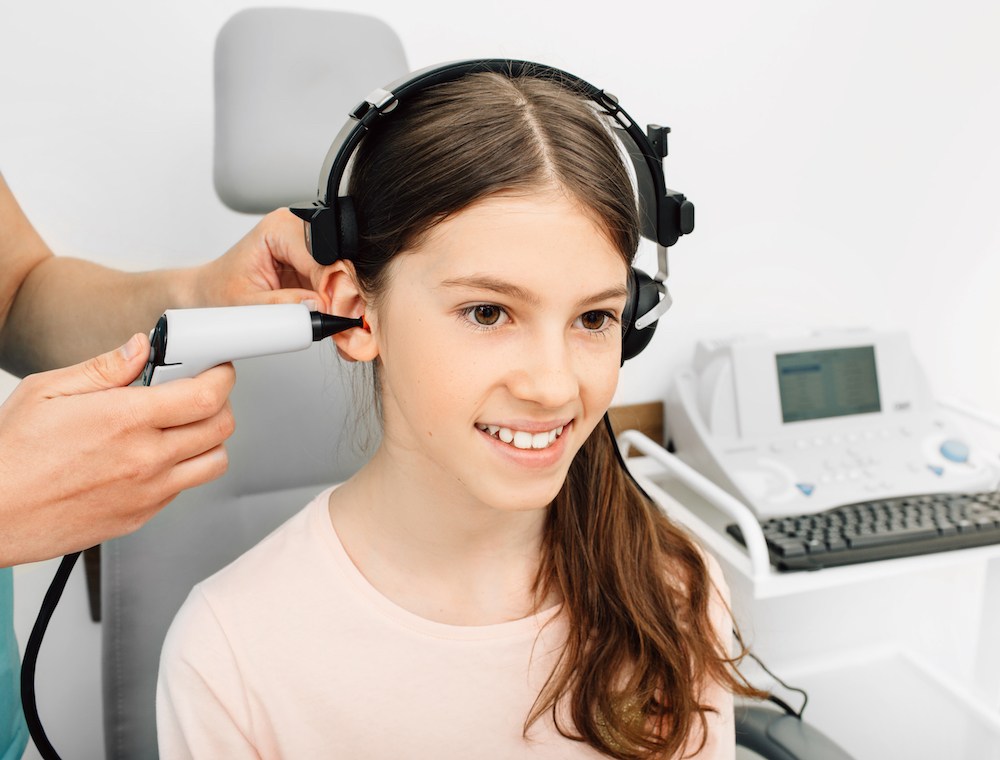How Audiologists Conduct Hearing Assessments
Understanding hearing loss can be a challenge. It often occurs very

By: admin | December 13, 2019
If you’ve been diagnosed with hearing loss by your audiologist, then a fitting aid is likely to be the most suitable solution available. However, it takes care and expertise to ensure you have the best device for the job, so the hearing aid fitting process is an essential part of the treatment. Besides being a literal fitting to ensure you can wear it comfortably, it’s also an opportunity to ensure it’s tuned to the correct profile and to learn about how to use and care for it. Here, we’re going to look at what you can expect from a hearing aid fitting with your audiologist.
If you have not already done so, then you will have an appointment before the fitting during which the audiologist will help you select and order new hearing aids. If it is an in-the-ear device, then you will also likely have to have custom mold impressions made of your ear so they can have the device shaped to fit you properly. When the hearing aids arrive, the audiologist will program them using specialist software to fit your range of hearing loss.
The hearing aid fitting appointment will last around an hour. It usually begins with a sound test, during which the audiologist will gently place a thin tube near your eardrum, to see the reaction it must be loud and soft sounds. Following this, the hearing aid is fitted with the tube still in place. This is done so that the audiologist can see whether the hearing aid prompts a better reaction to loud and soft sounds once the amplification is balanced right. During this stage, the audiologist will also ensure that the hearing aids are fitted correctly and are comfortable to wear. It’s not uncommon for the hearing aids to feel a little odd the first time you wear them, but they shouldn’t cause any real problems.
Proper care and use of the hearing aids will allow you to be more comfortable in using them and will help them stay in good condition for longer. The audiologist will teach you about your hearing aids, how to insert and remove them, how to clean and maintain them, how to change batteries and how to program them to different amplification levels. Your audiologist should have leaflets you can take with you with some key information, and you can feel free to ask any questions or to write down anything that you specifically want to remember. Don’t worry if you can’t immediately memorize everything that the audiologist says. Besides the leaflets and the brochure for the specific device you’re given, you will be able to call and ask for advice any time.
In the beginning, new hearing aids can take some time to get used to, even if you have worn hearing aids before and are using a new pair. In most cases, you won’t immediately be comfortable with wearing them all day, and it will take a few weeks to adjust to hearing to all the sounds again. Your audiologist will help you come up with a schedule to get you used to your new devices. It will likely begin with wearing your hearing aids for only a couple of hours each day. As time goes on, you increase the length of time you wear them each day, until you’re able to wear them all day, outside of when you use the bathroom or go to bed. The adjustment plan may also include beginning with wearing them in quiet environments, before slowly getting used to wearing them in more social or crowded settings. If you experience any unexpected difficulty with the hearing aid during this time, don’t hesitate to make an appointment with your audiologist and they can help you fix it. Your audiologist will make an appointment with you for two or more weeks from the hearing aid fitting. This is to make sure that you are adjusting comfortably to your hearing aids and to make any adjustments that might be necessary.
Even after the fitting, your audiologist will continue to be your partner in all things related to your hearing aid. If you have any questions, concerns or there are problems such as malfunctions or breakages, don’t hesitate to get in touch and see how they can help you. Call Baker Audiology & Hearing Aids at (605) 610-3466 if you want to learn more about what your audiologist can do for you.

Understanding hearing loss can be a challenge. It often occurs very
By: admin | January 31, 2024

In terms of the amount of people they assist, and how many auditory
By: admin | December 28, 2023

Ensuring good hearing is essential for seamlessly navigating daily
By: admin | November 25, 2023
